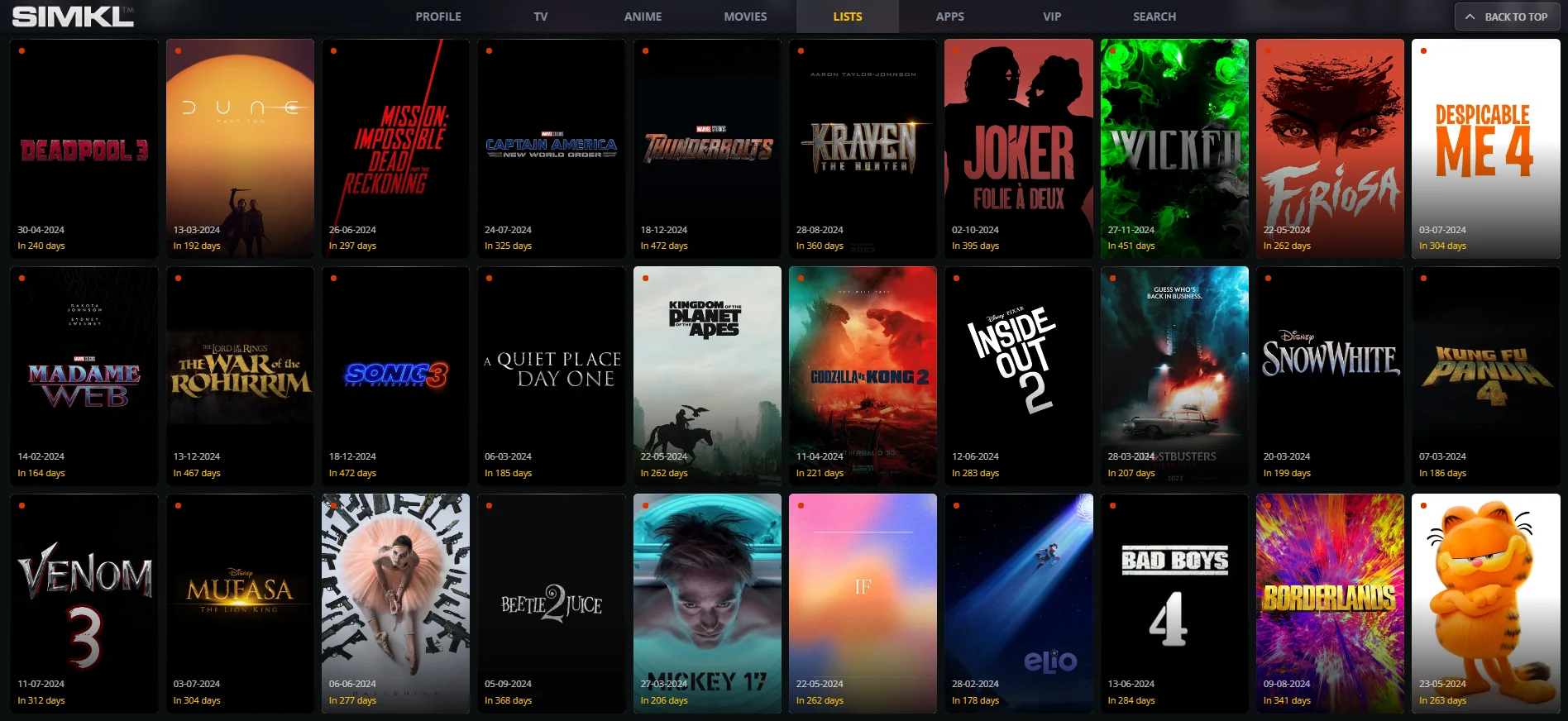Copper Scrap Price Trend: Insights and Market Forecast
The Copper Scrap Price Trend is a critical indicator for industries relying on copper, including manufacturing, electronics, construction, and recycling.

The Copper Scrap Price Trend is a critical indicator for industries relying on copper, including manufacturing, electronics, construction, and recycling. As a valuable material that can be recycled without losing quality, copper scrap has been an essential commodity in the global economy. The price trend of copper scrap is influenced by various factors, including raw copper prices, recycling rates, and global economic conditions. This press release explores the Copper Scrap Price Trend, providing valuable insights into price analysis, charts, indices, and the latest news developments.
Copper Scrap Price Trend: A Comprehensive Overview
The Copper Scrap Price Trend reflects the fluctuations in the market prices of recycled copper, a crucial material used across industries for its electrical conductivity and corrosion resistance. Copper scrap is generally classified into two categories: clean and unclean scrap, with clean scrap being more valuable. These materials are sourced from old wires, cables, and machinery, making copper recycling both environmentally and economically beneficial.
Request a Free Sample – https://www.procurementresource.com/resource-center/copper-scrap-price-trends/pricerequest
The trend in copper scrap prices is closely linked to the prices of refined copper, which can impact the overall supply-demand dynamics in the market. Prices for copper scrap tend to rise when the price of primary copper increases, as demand for recycled materials increases. Conversely, if the demand for new copper production falls, the market for copper scrap may soften.
Copper Scrap Price Analysis: Key Drivers of Price Fluctuations
A detailed Copper Scrap Price Analysis highlights the key factors driving the pricing fluctuations in the copper scrap market. These factors include supply and demand, geopolitical influences, and the price of raw copper. Let’s take a closer look at the primary drivers:
1. Global Copper Production and Supply
The primary driver of copper scrap prices is the supply and demand for copper, particularly the availability of mined copper. When copper production from mining operations is high, it can reduce the need for scrap copper, affecting its price. Conversely, when the production of copper is low or constrained, industries may turn to copper scrap as an alternative, driving up its price.
2. Raw Copper Price Influence
Copper scrap prices are often directly correlated with the prices of refined copper. As the price of raw copper increases, manufacturers and other industries typically look for cheaper alternatives, boosting demand for copper scrap. Conversely, a decrease in raw copper prices can reduce the demand for scrap copper, leading to a price dip.
3. Recycling Rates and Technology
The level of technological advancements in copper recycling plays a vital role in determining the price of copper scrap. As recycling processes become more efficient, the supply of high-quality scrap increases, potentially affecting its price. However, technological advancements in scrap processing can also lead to increased demand for high-grade scrap, further driving up its price.
4. Economic and Geopolitical Factors
Global economic conditions, such as inflation, industrial growth, and construction activities, impact copper scrap demand. In times of economic growth, especially in emerging economies, the demand for copper rises, thereby increasing demand for scrap copper. Geopolitical factors, such as trade restrictions or tariffs on copper imports, can also impact copper scrap prices, as they may disrupt the global supply chain.
Copper Scrap Price Chart: Historical Price Movements
The Copper Scrap Price Chart is an essential tool to visualize the historical price trends of copper scrap over time. By reviewing past trends, analysts and industry participants can gain a clearer picture of market cycles and forecast future price movements.
Key Observations from the Copper Scrap Price Chart:
-
2020-2021: The copper scrap market experienced significant volatility during this period due to the global impact of the COVID-19 pandemic. Lockdowns and supply chain disruptions reduced scrap availability, while industrial demand plummeted during the initial stages of the pandemic. However, as the economy began to recover, copper scrap prices rebounded strongly.
-
2021-2022: Copper scrap prices surged, driven by robust demand in the construction and electrical industries, which increased the need for both raw and recycled copper. Additionally, the price of refined copper was at multi-year highs, further pushing up the demand for scrap copper.
-
2022-2023: The market witnessed continued upward price pressure, partly due to the rise in commodity prices worldwide, particularly energy costs that impact scrap collection and transportation. The price of copper scrap continued to climb, reaching near-record highs in several regions.
-
2023-2024: As of 2024, the Copper Scrap Price Chart shows that prices have stabilized slightly compared to the highs of the previous years, yet they remain elevated due to ongoing demand from manufacturing, infrastructure projects, and the transition to green energy technologies.
Copper Scrap Price News: Latest Market Developments
Staying informed about Copper Scrap Price News is vital for stakeholders in the copper market. Here are some of the most recent updates affecting copper scrap prices:
Latest Updates in Copper Scrap Price News:
-
Global Supply Chain Challenges: The copper scrap market continues to face challenges related to logistics and supply chains. Delays in shipping and increased transportation costs have affected the timely availability of scrap copper, putting upward pressure on prices.
-
Demand from Green Energy Projects: With the global push towards renewable energy and electric vehicles (EVs), demand for copper has surged. As copper is a key component in batteries, wiring, and infrastructure for EVs and renewable energy systems, this has contributed to a spike in copper scrap prices.
-
Tariffs and Trade Barriers: Changes in trade policies and tariffs, particularly between the US and China, have impacted the copper market, including the scrap segment. These policies have influenced scrap flows between regions, which has had a direct impact on pricing in different markets.
-
Environmental Regulations: Stringent environmental regulations on scrap recycling in some regions are affecting the supply of high-quality copper scrap. These regulations, while beneficial for reducing emissions, can increase the cost of scrap recycling, thus influencing the price of copper scrap.
Copper Scrap Price Index: A Benchmark for Market Trends
The Copper Scrap Price Index serves as a crucial benchmark for tracking the overall performance of the copper scrap market. It consolidates data from various sources and presents a comprehensive overview of price trends across different regions.
Insights from the Copper Scrap Price Index:
- The Copper Scrap Price Index reflects the global pricing of copper scrap and can help businesses track price movements over time.
- The index shows regional price disparities, where North America and Europe tend to have higher prices due to higher labor and transportation costs, whereas prices in Asia may be more stable due to lower scrap collection costs.
- The index suggests that while copper scrap prices may experience fluctuations, they are expected to remain relatively high over the next few years due to consistent demand across key sectors, including construction, automotive, and electrical industries.
Copper Scrap Price Graph: Visualizing Price Trends
The Copper Scrap Price Graph offers a visual representation of historical price movements, helping industry participants understand market trends at a glance. By plotting price data over time, this graph highlights key moments of volatility and price changes.
Key Features of the Copper Scrap Price Graph:
- Volatility Periods: The graph clearly illustrates periods of price volatility, particularly during economic recessions, supply chain disruptions, and shifts in raw copper prices. For example, there was a notable spike in prices in mid-2021, followed by a stabilization phase in 2023.
- Price Prediction: The Copper Scrap Price Graph suggests that prices will maintain an upward trajectory over the short to medium term, driven by the ongoing demand for copper in construction, electrical, and green energy sectors.
- Regional Trends: The graph also showcases regional trends, demonstrating how prices vary across North America, Europe, and Asia. It is evident that North America and Europe exhibit more significant price fluctuations due to local factors like scrap availability, recycling technologies, and regulatory frameworks.
Contact Us
Company Name: Procurement Resource
Contact Person: Amanda Williams
Email: sales@procurementresource.com
Toll-Free Numbers:
USA : 1 307 363 1045
UK: 44 7537171117
Asia-Pacific (APAC): 91 1203185500
Address: 30 North Gould Street, Sheridan, WY 82801, USA
What's Your Reaction?


















